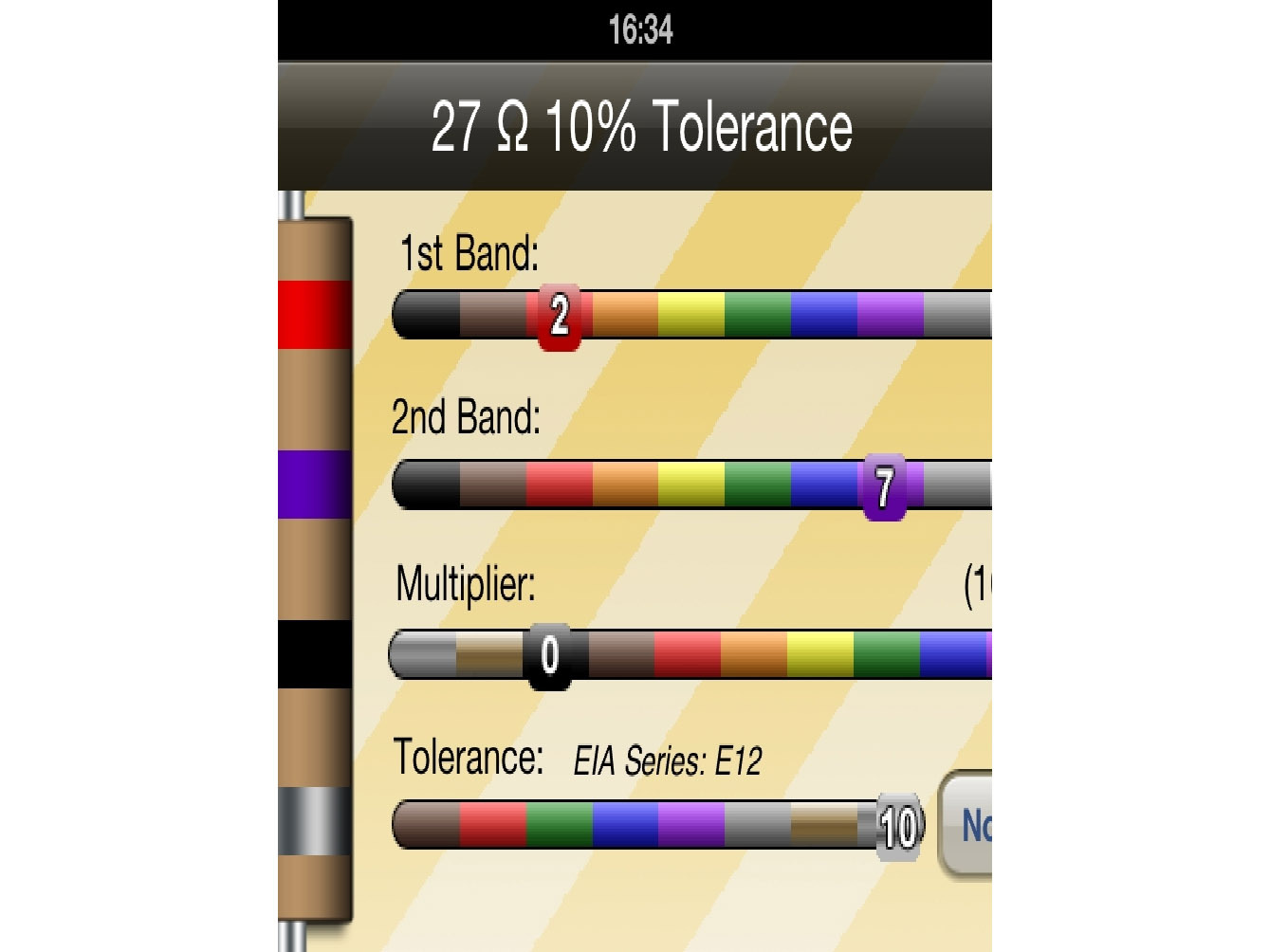Resistor Code Program
Table of Contents.How to Calculate Resistance Using Color Code?The color coding of these color bands on the resistor is used to identify the value and tolerance. The power rating of the resistor depends upon the physical size of the resistor.There are four different color bands (A, B, C and D printed on the resistor body) as shown in below figure.Resistor Color CodingThe first of three bands (A, B, C) which shows the different value. And the last band (D) shows the tolerance in percentage.I explain calculating resistance value in detail. Please refer to the color band table given below.Table for color code resistorHere, each band position and its color has specific significance to calculate resistance value. Band AIn the color code of the first band (A) depicts the first digit of the numerical value of the resistance. (Says x). Band BIn the color code of the second band (B) represents the second digit of the numerical value of resistance.
(Says y). Band CIn the color code of the third band (C) is the decimal multiplier and gives the number of zero after two digits.
(Says z). Band DIn the color code of the fourth band (D) or last band shows the tolerance in percentage (%). (Says p)So the final formula you can use to calculate resistance: Resistance = ((10x + y) z) (p/100)Note:I know, it is not easy to remember the value corresponding to each color band. You can use this simple phrase to remember the sequence color band and its values. BB ROY of Great Britain had a Very Good Wife.Let’s take an example: Calculate Resistance of Resistor from Color BandsSuppose, The resistor having four color bands A, B, C, and D are red, brown, orange and gold respectively as shown in the below diagram.Firstly choose the value of color from the table.
RedBrownOrangeGold2110005%. First stepThe Red band of the resistance value is 2 and the brown band of the resistance value is 1 from the table. The first two digits of the band show the value of resistance 2 and 1 i.e. 21.
Second StepFrom the table, the third orange band has value 1000. Multiply this value to 21 i.e. 21×1000=21000 Ω.

Third StepLast is the Gold band having tolerance value in 5% (0.05) from the table. 21000×0.05=1050.Finally, we get the final value of resistance is 1050 Ω.Once you know to calculate Resistance Using Color Code of resistors, it will be easy for you to design and using resistors in the electrical circuitHappy Learning!
How To Read Resistor Color Code
Resistor color codesMany resistor casings contain color bands that represent the nominal resistance value and tolerance of the resistor. You translate the color and position of each band into digits, multipliers, and percentages.The table that follows outlines the meaning of the resistor color bands. Color1st Digit2nd DigitMultiplierToleranceBlack00x1±20%Brown11x10±1%Red22x100±2%Orange33x1,000±3%Yellow44x10,000±4%Green55x100,000n/aBlue66x1,000,000n/aViolet77x10,000,000n/aGray88x100,000,000n/aWhite99n/an/aGoldn/an/ax0.1±5%Silvern/an/ax0.01±10%Capacitor value referenceIn electronic circuits, the value of a capacitor can be determined by a two- or three-digit code that appears on its casing. The following table outlines values for some common capacitors.
MarkingValuenn (a number from 01 to 99) or nn0nn picofarads (pF)101100 pF1020.001 µF1030.01 µF1040.1 µF221220 pF2220.0022 µF2230.022 µF2240.22 µF331330 pF3320.0033 µF3330.033 µF3340.33 µF471470 pF4720.0047 µF4730.047 µF4740.47 µFCapacitor tolerance codesIn electronic circuits, the tolerance of capacitors can be determined by a code that appears on the casing. The code is a letter that often follows a three-digit number, for instance, the Z in 130Z. The following table outlines common tolerance values for capacitors. Note that the letters B, C, and D represent tolerances in absolute capacitance values, rather than percentages.
Resistor Code Program Free
Inductor Code
These three letters are used on only very small (pF range) capacitors. CodeToleranceB± 0.1 pFC± 0.25 pFD± 0.5 pFF± 1%G± 2%J± 5%K± 10%M± 20%Z+80%, –20%.
Archive
- Id Card Creator Software S
- Read From A File In Vb
- Resco Contact Manager Keygen
- Tamagotchi Desktop Buddies Download Free
- Izotope Idrum Vsti Rtas V1.6.2 Incl Keygen-air
- Essential Ftir Crack
- Ps2 Horror Game Siren
- Acoustic Solutions Tv Manual Lcdw19hdf
- Alfred Edersheim Pdf En Espaol
- Crompton Greaves Lighting Software
- Orthos Prime
- Tao Of Jeet Kune Do Ebook Download
- Gtr Evolution Drift Mod